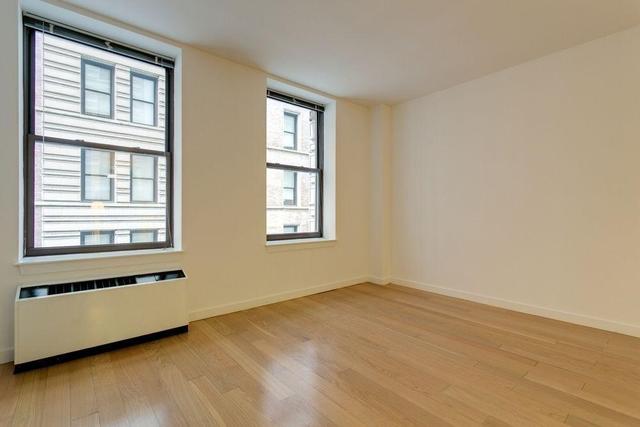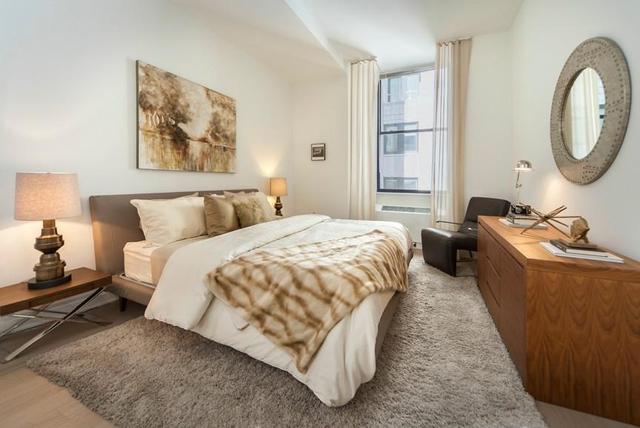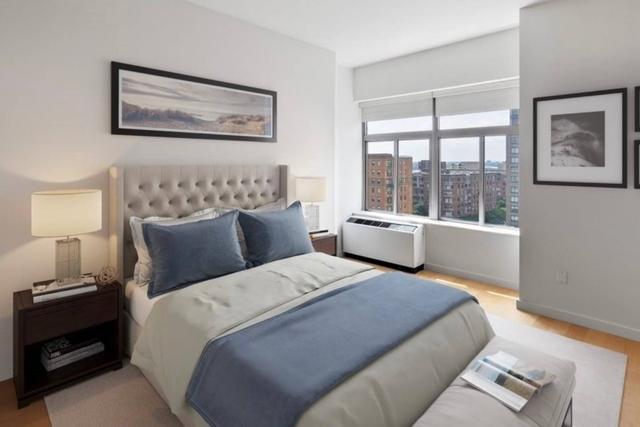
The Complete Guide to Flex Rooms: Pros, Cons, And Design Tips,
By: Jennifer Villalba
Imagine having a room in your home that changes with your needs-a room that today can be a home office, tomorrow a guest bedroom, and by the weekend a playroom. Welcome to the world of flex rooms! This kind of space has now become very popular in modern homes because of its unmatched flexibility and potential.
This guide discusses everything you may need to know about flex rooms, like pros and cons, design tips, and uses, so you can make the most of every square foot in your home.
What is a Flex Room?
A flex room, short for “flexible room,” is a versatile space in a home that can be adapted for various purposes based on the homeowner’s needs.
Unlike dedicated rooms like bedrooms or kitchens, a flex room doesn’t have a fixed function. Instead, it offers the flexibility to be transformed into a home office, playroom, gym, guest bedroom, or anything else you might need.
This adaptability makes flex rooms a popular choice in modern homes, catering to changing lifestyles and preferences.
What Are the Benefits of a Flex Room?
Ability to Customize Based on Changing Needs
A flex room is like a blank canvas that can be tailored to your current lifestyle. Whether you need a nursery for a growing family, a home office or a yoga space you can adapt the room as your needs change.
Enhances Your Home’s Overall Value
Buyers love spaces that can be personalized. A well designed flex room will add value to your home and potential buyers will see the room as an office, guest bedroom or extra living area.
Additional Storage Capacity
Flex rooms can be extra storage spaces. You can use them to store books, exercise equipment, seasonal items or anything that doesn’t fit in your main living areas and keep your home tidy.
Enhanced Quality of Life
Having a dedicated space that adapts to your lifestyle can significantly improve your day-to-day experience. Whether you need a quiet spot to work or a relaxing area to unwind, a flex room gives you the freedom to create a space that enhances your well-being.
Perfect for Growing Families
As your family grows your living space needs to change. A flex room can change from a playroom for toddlers to a study area for teenagers without the hassle of moving or renovating.
What Are the Drawbacks of a Flex Room?
Lack of Privacy
Because flex rooms are often designed as open or semi open rooms, they may lack the level of privacy enjoyed with a dedicated bedroom or home office. It can be challenging for you if you plan to utilize the room to work from home or entertain guests, as quiet space may be needed.
Limited Dedicated Functionality
Flex rooms are functional but not the most efficient space if it is designed for one thing. For example, while it can serve as a guest room, it might lack the storage or amenities of a traditional bedroom, making it less comfortable for long-term visitors.
Potential for Clutter
Because the flex room can be used for multiple purposes, it easily becomes a catch-all space for bits and bobs in your household. Unless it is tidily kept, it could become messy, making the room appear untidy and less functional.
May Require Frequent Redecoration
The nature of a flex room means it may undergo frequent changes in its purpose. This means that you may be redecorating and adjusting the furniture frequently because your needs change a lot, which consumes a lot of time and may also be an expensive proposition.
Noise and Distractions
If your flex room is near the high-traffic areas in your house, like the living room and kitchen, then noise and distraction are a challenge. This would make it limited in usage because it cannot be considered a quiet retreat or perfect workspace, especially in noisier households.
Popular Uses for Flex Rooms
Home Office
Since the popularity of remote work is currently on the rise, a flex room can very easily be transformed into a quiet, dedicated office with a desk, computer setup, and office storage.
Guest Room
A flex room can be a temporary guest bedroom. With a sofa bed or a foldable mattress paired with some basic amenities such as a nightstand, your home will become an inviting place for your visitors.
Gym/Fitness Room
You can turn your flex room into an exercise room by installing pieces of equipment that make for a great personal gym, like a treadmill, weights, or yoga mats. It provides a space to do workouts without needing to join a gym.
Package Delivery Room
In households receiving frequent packages, the flexibility of the space can be harnessed as a package delivery area to keep them safe and out of the way until they can be unpacked.
Entertainment Room (TV Room or Home Theater)
A flex room can be used as a cozy entertainment space to watch movies, or stream television shows or events, with comfortable seating and large configurations of a TV or projector.
Playroom for Kids
A flex room can be a safe and fun area for children to play, filled with toys, games, and activities. It helps keep the main living areas tidy while giving kids their own space to explore.
Bar or Wine Cellar
For those who like to entertain, a flex room can be used as a bar or wine cellar with shelving for bottles, a wine fridge, and seating for guests.
Hobby Room
Whether you like painting, playing music, building model airplanes, a flex room can serve as a dedicated hobby space where you can really focus on your interests without interruptions.
Library or Reading Nook
Change the flex room into a quiet library or reading nook with bookshelves, comfortable chairs, and good lighting—an ideal retreat for book lovers.
Craft Room
If you are a DIY enthusiast, or do other crafts, a flex room can be an excellent craft room. You could organize supplies, have a worktable, and a creative space to work on projects.
Loft Space or Relaxation Area
Convert the flex room into a loft space where you can have an easy time. Add some soft cushions, a hammock, or other comfortable seating elements and it becomes the ideal quiet space to relax, meditate, or spend quiet time.
Design Considerations for a Flex Room
Ceiling Height
The height of the ceiling can greatly affect how a flex room feels and functions. Higher ceilings can make a small space feel larger and more open, while lower ceilings may require strategic design choices to prevent the room from feeling cramped. Consider the ceiling height when planning the room’s purpose, especially if you want to include tall furniture or ceiling-mounted equipment like a projector or gym equipment.
Insulation
Proper insulation is very important if the flex room is going to be used as a workspace or guest room. This feature allows the regulation of temperature, so one would not have the problem of sweating during summer or feeling really cold during winter. It also minimizes noise transfer, which becomes an important feature if it is adjacent to busy areas like the kitchen and living room.
Doors
Choosing the right type of door can influence both the functionality and privacy of a flex room. For example, sliding doors, pocket doors, or barn doors can be good options if you wish to save space and still have some separation. However, a traditional door offers more soundproofing, which makes it better if the room is going to be a home office or guest room.
Natural Light
Maximizing natural light can make the flex room feel more inviting and spacious. Consider the placement of windows and how much daylight the room receives throughout the day. If the room lacks natural light, you can enhance it with light-colored walls, mirrors, or additional artificial lighting to create a brighter, more welcoming environment.
Hybrid Furniture
Given the multifunctional nature of a flex room, hybrid or multifunctional furniture can be a game changer. Pieces like a sofa bed, foldable desks, or storage ottomans can help you easily switch the room’s purpose without requiring a full redesign. This kind of furniture maximizes the utility of the space and makes it easier to adapt as your needs change.
Storage Solutions
Since a flex room might serve different purposes over time, ample and versatile storage is essential. Consider built-in shelves, storage cabinets, or wall-mounted organizers to keep the space tidy and adaptable. Storage options should be both functional and aesthetically pleasing to complement the room’s design.
Flooring Type
The type of flooring one chooses can determine the functionalities and comfort of the room. For example, carpeting will bring an attribute of warmness with a sound level reduction when placed in a home office or playroom. Hardwood or laminate flooring, on the other hand, will bring about more versatility and ease in terms of cleaning, ideal for a fitness area and the entertainment room.
Electrical Outlets and Wiring
Ensure that the room has enough electrical outlets to accommodate various uses, whether it’s for setting up a home office, charging devices, or plugging in entertainment systems. If you anticipate using heavy equipment (e.g., treadmills or mini-fridges), plan for adequate power capacity and consider installing outlets with USB ports for added convenience.
Room Layout and Flow
Think about how the room’s layout will affect movement and usability. Leave enough space for walking around and ensure that furniture placement allows for a natural flow. The layout should be flexible enough to accommodate changes without major disruptions, especially if you plan to switch the room’s function frequently.
Ventilation and Climate Control
A comfortable flex room needs to be well ventilated with good air circulation. Make sure the room has proper ventilation, especially if it falls in an area that tends to warm frequently or cool down. Maybe install a ceiling fan, a portable heater or an air conditioning unit to ensure that whatever season comes, there will always be an inviting atmosphere.
Frequently Asked Questions
Can a Flex Room Be a Bedroom?
Yes, a flex room can be used as a bedroom if it meets the basic requirements, such as sufficient space and proper egress (like a window or door for emergency exits). However, it may lack a closet, so adding storage options like wardrobes or dressers can make it more functional as a sleeping space.
Is a Flex Room the Same as a Bonus Room?
While similar, a flex room and a bonus room have slight differences. A flex room is designed for versatile use and can adapt to different needs over time. A bonus room, on the other hand, is typically an extra space above a garage or in the attic and may have specific limitations based on its location.
What Is Another Name for a Flex Room?
Flex rooms are also known as multipurpose rooms, adaptable spaces, or versatile rooms. These terms highlight the room’s ability to serve various functions based on changing needs.
Does a Flex Room Boost Home Value?
Yes, a flex room can increase a home’s value by offering potential buyers extra, versatile space. Its appeal lies in its adaptability, making the home more attractive to different types of buyers who may envision using it in ways that suit their lifestyles.
Related Articles
What is Flexing/Convertible?
What Is a Great Room?








